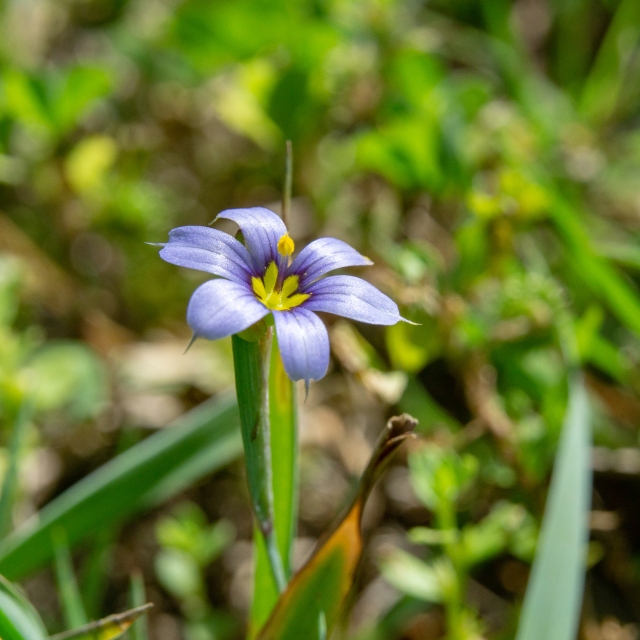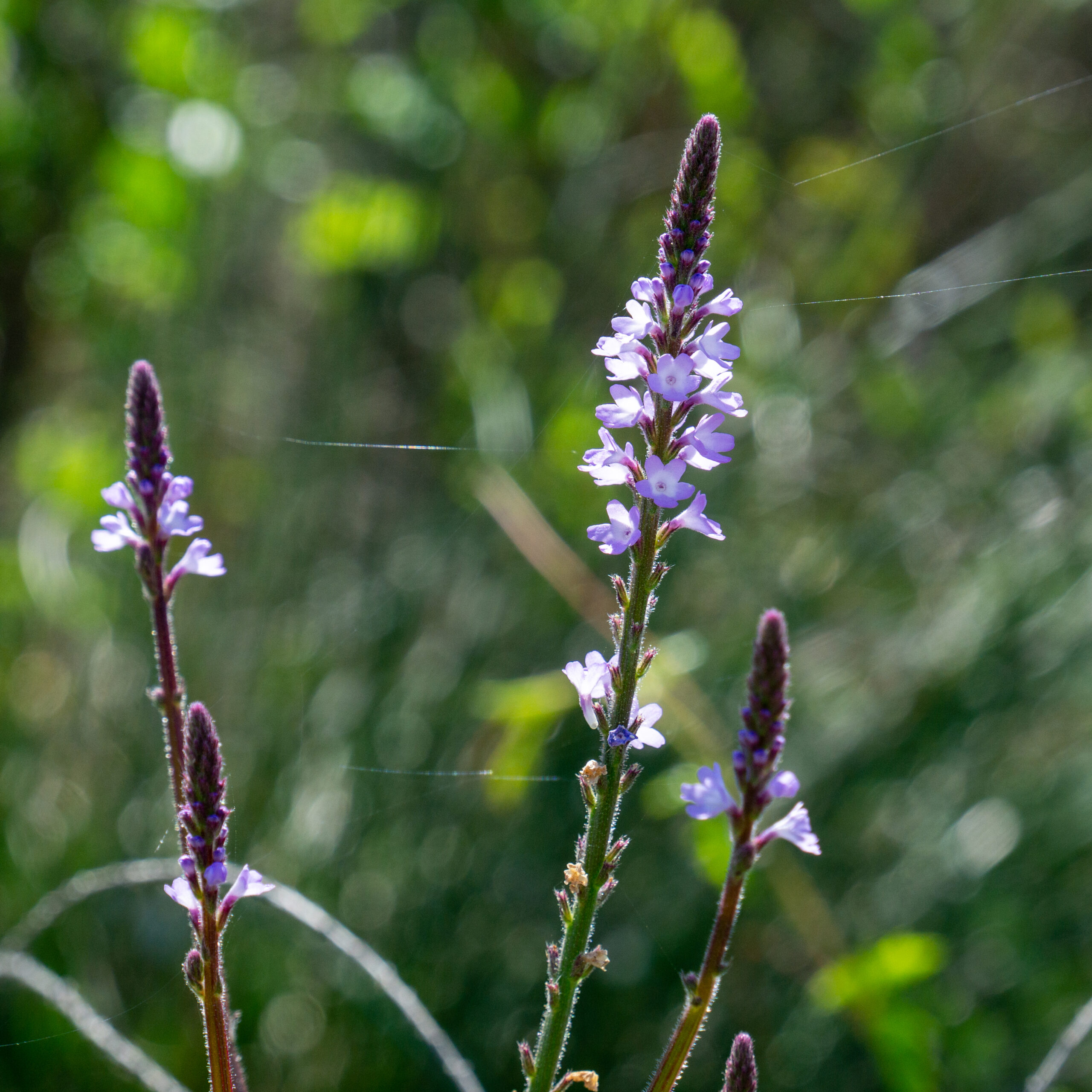REPOST: Originally published on KC Beach Scribbles, 29 March 2019
It’s early spring—wildflower season in Texas. This is our answer to the autumn leaf season in the Northeastern United States. This spring has been especially colorful. We had a mild winter that has lingered with cool March days and no blistering heat spikes. The result is a bounty of wildflowers in both the drier climes in far West Texas, the rolling Hill Country, and the fields and roadsides of East Texas.
The stars of the show are, of course, the Blue Bonnets, Indian Blankets, Paint Brushes, and similarly brilliant flowers most of us can recognize if not name: the sweet, pink Showy Evening primrose and brilliant Beach Evening primrose. They all deserve the appreciation they usually receive.
Here on the coast, where, as David Gray says, “the mirror bends and stretches,” many of those showboaters grow abundantly. They are as beautiful on our island roadsides and meadows as elsewhere in the state, splashing the many native grasses with deep oranges, reds, and blinding yellow. Last year (2018) every Yucca on the island bloomed as if called by the universe to bring forth every glowing blossom it was ever promised and the Prickly pears joined in with brilliant competition. Still, like so many grand things in life, they can outshine smaller treasures.
As we rush to and from all those critical places, spaces, and faces in our lives, we miss the very earth under our feet (and the sky over our heads but that is another entry).
I’ve always looked up—not metaphorically—because I love the stars and birds. Lately, looking for shells on the beach has taught me to look down with care and in so doing I found these sturdy, resilient, dainty plants.
It is in the quieter places, the back roads, the driveways, under stairs, that I have been finding the small beauties. Little treasures normally mown, weed-whacked, Round-uppedTM, dug up, driven over, or simply ignored because they are too small to be noticed or are deemed undesirable.
Here are just a few, neither rare nor fancy, but lovely in their own right if you simply slow down and look closely enough (and perhaps don’t mow so often).
Blue-eyed grass: Sisyrinchium biforme Scattered among your other native grasses, this dime-sized blossom is striking with its sharp, sleek lines. Its soft violet color can go unnoticed in the spring riot.

Seaside petunia Calibrachoa parviflora: Easily missed, it seems to like morning sun and afternoon shade in shallow, sandy soil. I found it mostly in mats and small clusters by itself and edging up to sprawling Bur clover (and under a staircase).
Click on individual photos to see full images.
Carolina Bristle mallow Modiola caroliniana: What a cutie! This tiny mallow likes to mingle. It shared slightly more loamy soil with Bur clover, Chickweed, Fleabane, Plantain, and native grass. It likes full sunlight to open its blossoms, but grew in a dense patch under my car.
Click on individual photos to see full images.
Corpus Christi Fleabane Erigeron procumbens: What can I say about fleabane. It’s cute. Flower heads are a little smaller than a dime. En masse, it can be pretty. When it’s not blooming heavily, (it’s a bit early for that) it’s rather weedy looking.
Bur clover: Medicago polymorpha To be fair, Bur clover is a weed to most people if found in their front or back yard. However, click on that link and you’ll get a PDF seeing how useful it is in agriculture. In my driveway,* I suspect it has played a role in creating much better soil that has allowed the mallow to take root. What drew me to it was the delicate complexity of the tiny little flowers. Bur clovers are legumes (pea plants) and have the classic legume flower (Family Faboideae), but they have it in minuscule form. As I walked through my yard, I noticed the rich green leaves dotted with yellow, but it required a close lens to really see the structure.
Here you’ll see an example of a bur that is the fruit of this plant. These burs are not the painful Sandburs that penetrate our feet in summer, but are soft, painless burs. For most of us, they will only annoy us by tangling in our dog’s or cat’s fur.
Addendum: These little fellas showed up today (March 30th) and I had to add a couple of photos. Just too pretty to leave out. Saltmarsh spurry Spergularia marina. Also called Salt spurry. Also called about ten other names. Enjoy.
The image at the top of this entry is Texas Vervain Verbena halei. This plant can be found on quiet roadsides and can get rather large, but the flowers are very small. I did not include it in the write-up, but I think it often goes unnoticed in the wild blooms since it tends to like wilder, denser areas around here rather than open fields.
So, by all means, enjoy this beautiful Spring season and the color saturating our roadsides and fields. It is fleeting and precious.
And, when you get a moment, look where you tread for the little treasures you may be missing.
*We don’t have a concrete driveway. Rocks and sand and grass. And wildflowers.
Last Updated on April 5, 2023 by Lee Ellis


